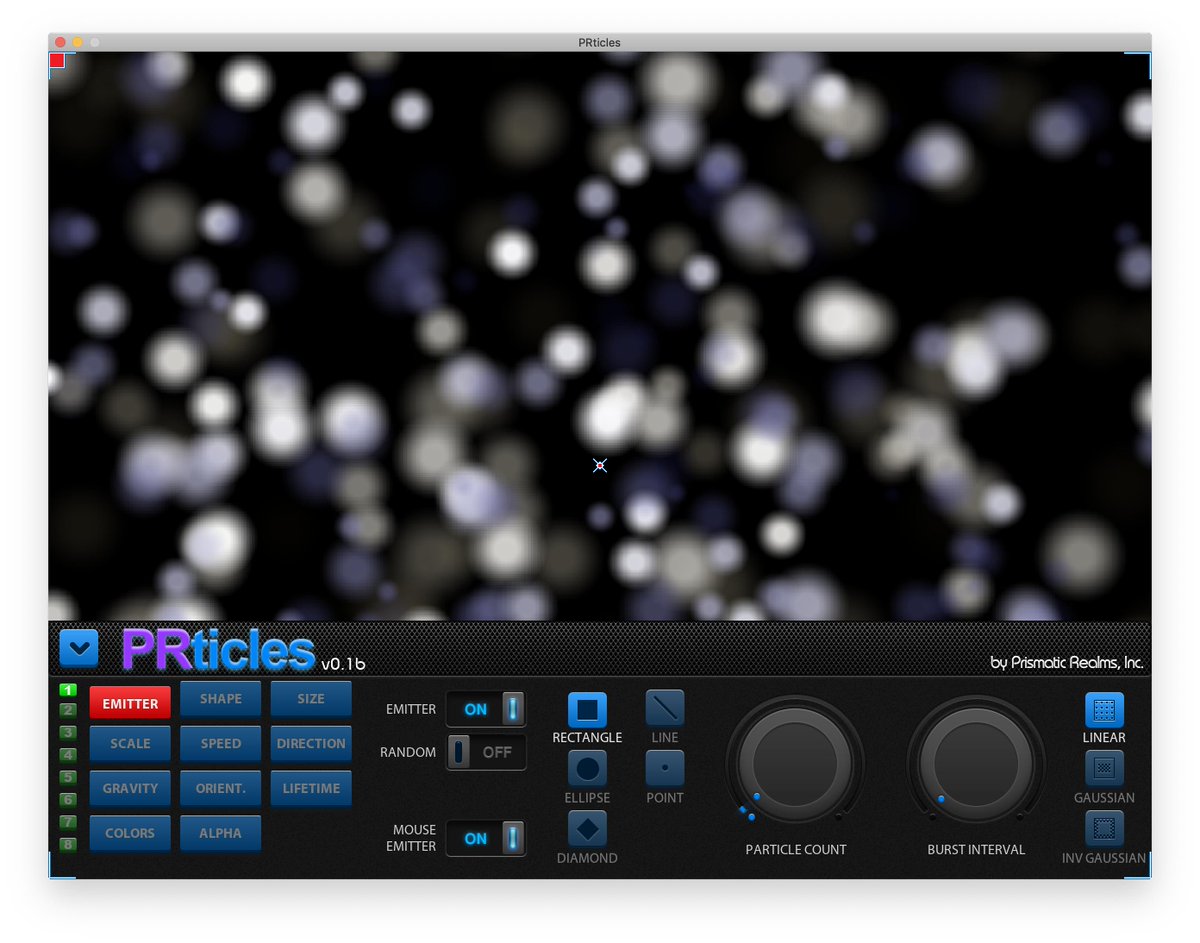

The other downside is that for a lot of people, the math is harder to figure out than simply drawing out a brute-force animation. Try to avoid over-using calls to trig functions, because they are computationally more expensive than most math functions.

The downside is that the math computation can get expensive if you have a lot of instances using it in the game.
#Particle designer game maker tutorial code#
As well, the code for math-defined approaches takes much less memory, meaning your executable files will both be smaller and use less RAM. With math-defined motion, you have a great deal of flexibility, and you can adjust the behavior at runtime by varying the equation or the inputs. The downside is that it is time consuming to create animations, and they are not very flexible in terms of adjusting the motion procedurally. With an animation, you can get very precise positioning and motion, and at runtime it is cheap to play the animation compared to performing math functions. There are advantages and disadvantages to both approaches. Wave motion may be accomplished by “faking it” with a sprite animation, but it can also be easily created using trig functions. Wave motion faked through animated sprite.

I figured at this point that I would just give it a try myself, while looking at one of the OpenGL examples for some guidance.
#Particle designer game maker tutorial android#
There were plenty of great websites involving particle systems for use with OpenGL, but none if you were just working with the regular android graphic library (which I am currently).

I had not built any animations or effects that helped give the user the feeling of falling or feedback when they collide with an object so I went on a Google hunt for an android particle system tutorial/example/library that I could use. I’ve been building the Android version of the game and got the basic game play completed, but the game was looking flat. The game’s main experience involves the player sky diving in different levels, where they need to avoid harmful objects in the sky, like birds and planes, while collecting coins. Currently Yeti is working on a cross platform mobile game called Ripcord.


 0 kommentar(er)
0 kommentar(er)
